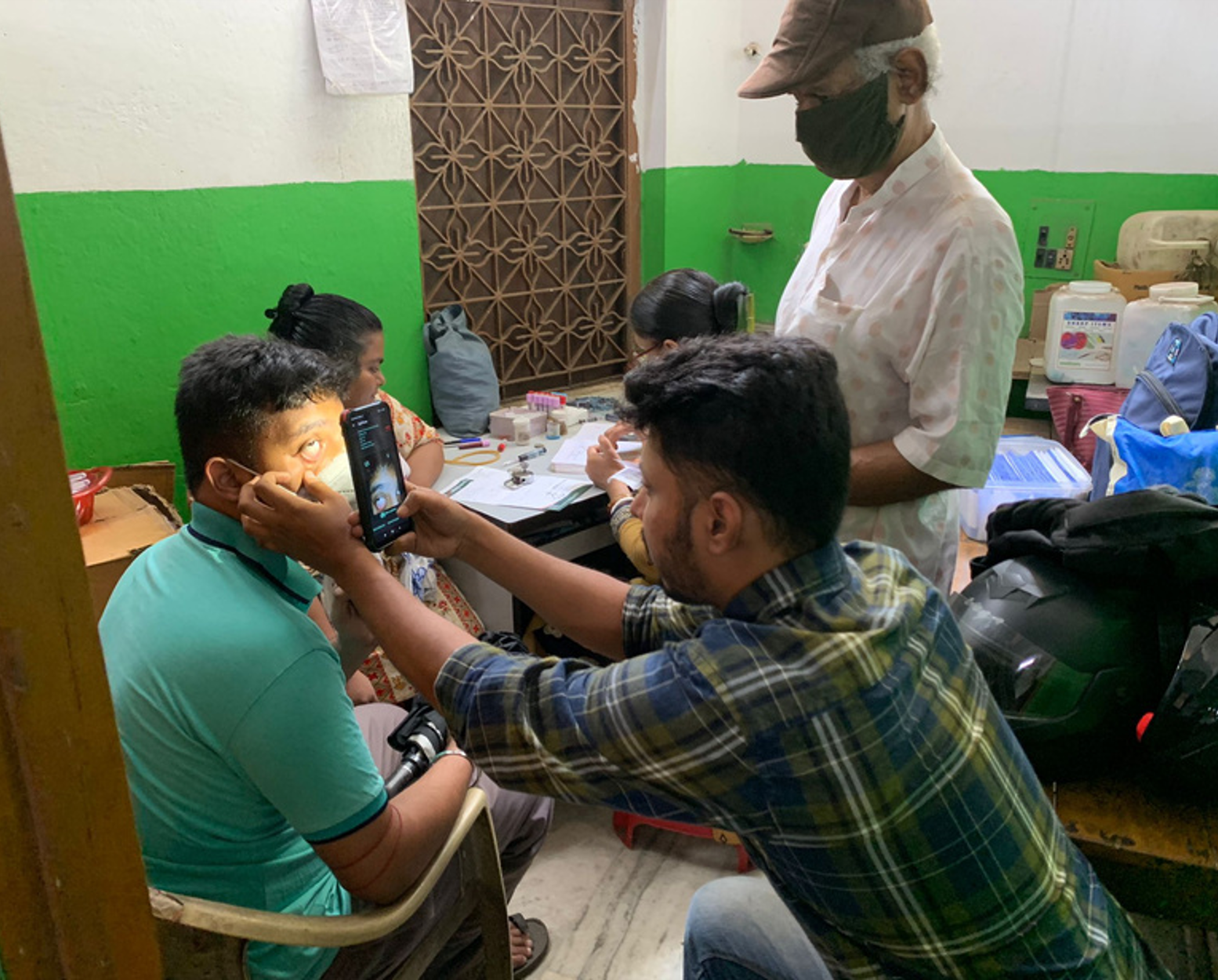How to suspect Anemia

Anemia can be suspected and diagnosed from a thorough history taking and physical examination followed by blood tests. History of frank bleeding- per rectum or heavy menstruation, black stool, particular food habits, fatty stool with foul smell, recent abdominal surgeries, family history of disease like hemoglobinopathies, and any medication intake that can contribute to reduced hemoglobin production.
Mild anemia is generally asymptomatic; when upstaged to moderate or severe cases it can cause tiredness, lethargy, leg pains especially at night, shortness of breath to near syncope. More severe cases can present with chest pain and reduced exercise tolerance.
To diagnose anemia doctors generally suggest blood test for CBC which includes hemoglobin level measurement and hemoglobin lower than normal for age and sex confirms anemia. Other blood parameters like MCV, MCH, Reticulocyte count, serum ferritin, vitamin B12, or folate level help in further classification. The doctors or health care providers can also estimate hemoglobin levels from lower lid conjunctival examination, the color of the palm, nail, and tongue which is further corroborated by the blood tests.
In the case of management medicines along with proper dietary supplements are prescribed depending on the severity of anemia. A diet consisting of meat in regulated amounts and a vegetarian diet that includes legumes, fortified or whole grains, dried fruit, nuts, seeds, and green vegetables easily provides adequate iron that can improve hemoglobin levels. Vitamin C helps to increase dietary iron absorption and excessive consumption of tea or coffee, as these can decrease iron absorption. correction of anemia requires proper treatment and follow-up under strict supervision of doctors and healthcare providers. Organized collaboration among patients, family members, and healthcare providers including doctors and policymakers can provide promotive, protective, curative, and rehabilitative care for anemia affecting 1.8 billion people worldwide.
Reference:
1. https://www.ncbi.nlm.nih.gov/books/NBK499994/
2. Rizzo NS, Jaceldo-Siegl K, Sabate J, et al. Nutrient profiles of vegetarian and nonvegetarian dietary patterns. J Acad Nutr Diet. 2013;113(12):1610-9. [PMID:23988511]
4. https://www.thelancet.com/journals/lanhae/article/PIIS2352-3026(23)00171-0/fulltext




